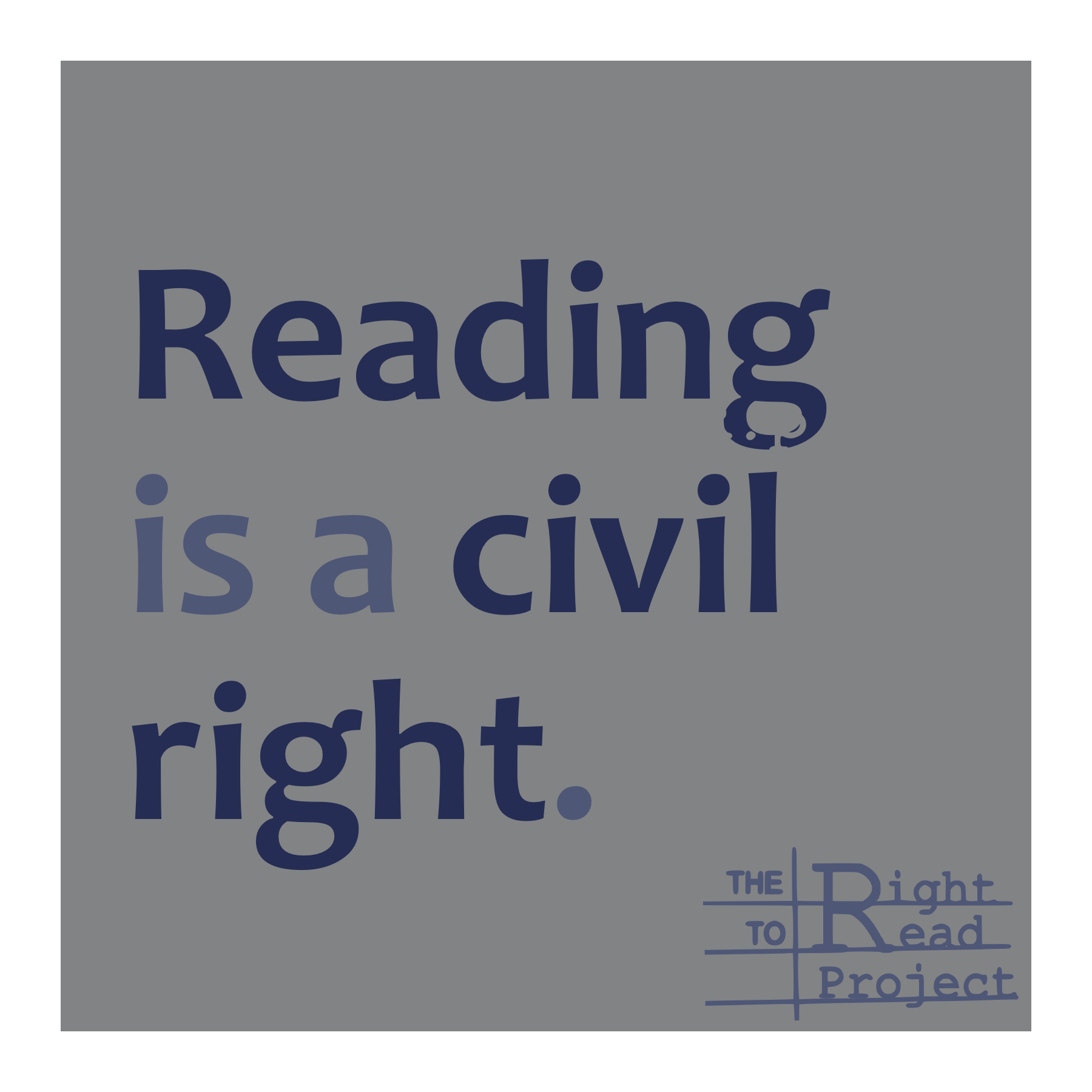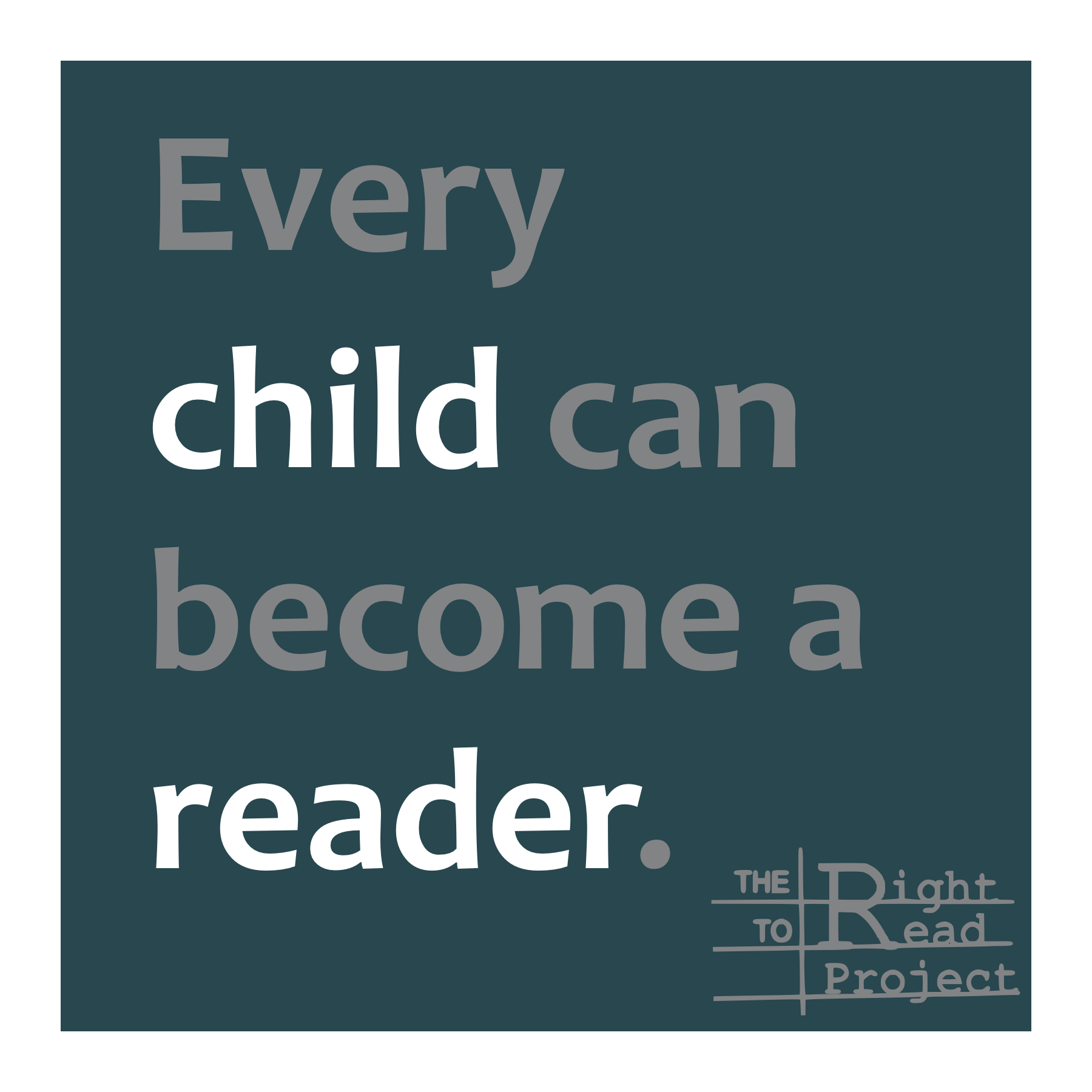Though Balanced Literacy was wrong about some important things, it has practices worth saving. And understanding the good in that approach to teaching literacy can help us transition to more effective instruction.
Seeing the Good
Balanced Literacy taught us the…
- Importance of a print-rich classroom
- Love of reading aloud to children
- Value of students seeing us write
- Pride in having an extensive classroom library
- Power of a mini-lesson
- Utility of great anchor charts
- Procedures to teach students how to behave as readers and writers
- Events that bring joy and accountability (author’s chair, publishing parties, partner shares, etc.)
- Ways to set up centers so that we can teach in small groups
- Methods for introducing and organizing reading and writing materials
- Routines to reinforce skills (Morning Message, Shared Reading, Interactive Writing, etc.)
- Impact of school leadership when it focuses on literacy
- Benefits of participating in a warm and responsive professional learning community
- And so many other lessons worth remembering
And as we strategically abandon problematic practice (such as the MSV analysis of reading records), we’ll want to thoughtfully retain some components (like listening to children read aloud).
Moving towards evidence-based instruction does not mean leaving behind the things that work; it means learning more about which practices work for whom, and why. It means intentionally excising the parts that stymie student growth (like leveled books) even if we’ve used them for years. And it means learning new methods to shrink the achievement gap so we ensure that all students become skilled readers and writers.
Hesitating
I once worried that transitioning away from Balanced Literacy would fundamentally change me as a teacher. I couldn’t envision how I’d deliver direct instruction while maintaining a warm tone and inviting classroom environment.
A shift in pedagogy was scary. I’d spent a decade of my career refining a constructivist approach to teaching; would my classroom lose its vibrancy?
Would it begin to look like this:
Moving On
I worried that changing my role would impact the relationships I formed with students. I was afraid that by teaching more content explicitly, I’d stifle their love of learning. That didn’t happen. In fact, a student summed things up beautifully during our weekly appreciations:
“I want to congratulate [my teachers] for teaching me all the things to know because it will make me smart and do good in life.”
-2nd grader
I asked, “Do you think teachers teach you everything there is to know?”
And he replied, “No. But you teach the stuff that’s important and how to ask questions so that we could learn the other stuff.”
As the class nodded in agreement, I realized I had been wrong to fear dictating the texts they read, deciding how they practiced their skills, or selecting the topics we studied. My students (and their families) wanted me to ensure they were well-prepared for future learning, and they needed me to teach. In Balanced Literacy, I had often allowed children to determine the rigor of their education, and what a missed opportunity that had been!
Since I’ve shifted away from Balanced Literacy, many of its selling points (like student choice) have lost their allure because I can see how they exacerbate the achievement gap. Despite its promises and prevalence, Balanced Literacy is, according to reading experts:
“… unlikely to lead to literacy success for all of America’s public schoolchildren, given the research… Children who arrive at school already reading or primed to read, researchers agreed, may integrate seamlessly into the routines of the Units of Study model and maintain a successful reading trajectory. However, children who need additional practice opportunities in a specific area of reading or language development likely would not.”
Comparing Reading Research to Program Design: An Examination of Teachers College Units of Study
Looking Forward
Balanced Literacy has disseminated images of joyous classrooms and happy, nurturing educators for so long that it can be hard for teachers to visualize an appealing alternative. I might have made the shift away from Balanced Literacy sooner and with less trepidation, if I had been able to visualize how beautiful my classroom would become.
I wish I had known that instruction that’s aligned with reading research…
Is NOT
dreadfully boring whole-class phonics lessons
It IS
highly-engaging, differentiated foundational skills instruction
Is NOT
students sitting in rows while reading from a basal
It IS
students cuddled up on beanbags enjoying a good book together because they have been taught to read
Is NOT
sucking the joy out of reading
It IS
Reader’s Chair where students encourage each other to sound out words
Is NOT
teaching topics that students don’t care about
It IS
using and learning language to discover more about the world around us
Is NOT
students completing workbook pages
It IS
students making anchor charts to share their learning about science and social studies
Is NOT
hours of boring instruction
It IS
kids learning about and making art because their reading instruction is efficient
Is NOT
teachers losing their love of teaching
It IS
teachers seeing evidence of their hard work in their students’ growth
Is NOT
administrators with clipboards reprimanding teachers after stressful observations
It IS
leaders working hard to teach the curriculum they’ve adopted
Is NOT
unhappy families who say that their children don’t want to come to school
It IS
schools where families learn that, despite a pandemic and interrupted schooling, their children are now on track for success in school
Shifting to explicit and systematic instruction increases achievement, and it frees up time. When students master skills during a more effective literacy block, we can shed supplemental materials like packets of phonics worksheets. Our students can truly make use of time for free reading because we’ve taught them how to read. And we can watch their love of literacy grow in parallel with their skills, rather than spending our time attempting to sell students on a love of reading.
Letting Go of the label “Balanced Literacy”
Instead of seeing Balanced Literacy as our primary method of teaching reading, we can view it as a collection of tools (some were effective, others weren’t), which we’ve acquired over the years. We can intentionally retain some practices and acquire better replacements for others so that we reach the students who struggled with Balanced Literacy. But as we refine our craft, we don’t need to worry that we’ll lose our love of teaching or that our students won’t enjoy learning.









This is a wonderfully written look into a teacher learning about SOR and not holding on to methods that one has used when knowledge comes knocking at the door pointing in another direction to best teach young learners how to read.
Getting teachers to the point where they feel that they are in fact offering “highly engaging.differentiated ,foundational skills instruction ” is difficult to achieve especially given the ‘ways of doing things’ with regard to co-teaching and the scheduling of resource supports. Checking to make certain that each student is being followed closely will help to reassure parents and teachers that this is the right track to be on.System inertia could prove to be a substantial barrier, and systems are notorious for clinging to the way things have ‘always been done’.
Another excellent piece. You are the master of the concession! I was one of the fortunate few who moved from high school to elementary school 15 years ago having discovered the science of reading through the books of Diane McGuinness, so I had the opposite experience of adding the best of balanced literacy to my SOR program. And this mostly applied to writing: mentor texts, anchor charts, partner rehearsals, author’s chair. However, I remain concerned that the mini-lesson is greatly misunderstood, especially when what might be needed is a maxi-lesson but a forced rigidity prevents the flexibility of moving from mini to maxi and back again. And my classroom observations as a reading specialist have shown me that setting up productive, meaningful centers is challenging for most teachers. Thanks for reminding us that we must never throw out the baby with the bath water.
[…] Right to Read Project had a wonderful blog post recently titled “Seeing the Good in Balanced Literacy and Moving On” and it inspired me to not only write this blog entry but also to dig more deeply into the […]